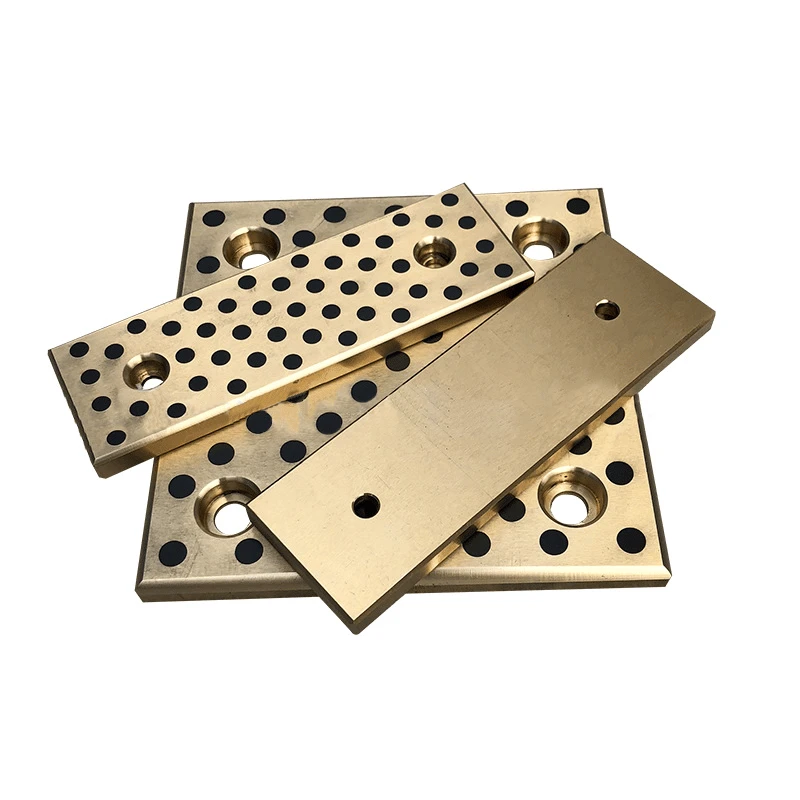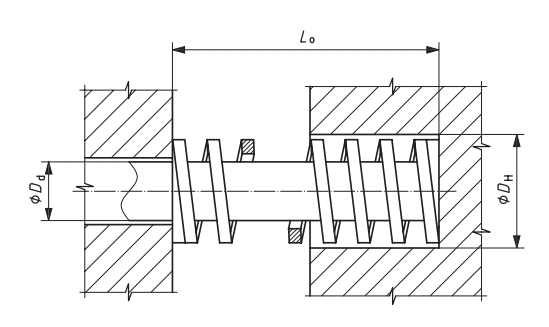Methods to Improve the Surface Quality of Mold Components
- Assembly Quality of Mold Component Processing:
The quality of a machine depends on the processing quality of its parts and the assembly quality of the machine. The processing quality of parts includes both the machining precision and surface quality. Machining precision refers to the degree to which the actual geometric parameters (dimensions, shape, and position) of the machined part conform to the ideal geometric parameters. The difference between them is called machining error. The magnitude of the machining error reflects the level of machining precision. The larger the error, the lower the machining precision; the smaller the error, the higher the machining precision. The main aspects that affect machining precision are:
- Dimensional precision: The degree to which the actual dimensions of the machined part conform to the center of the tolerance zone for the part dimensions.
- Surface Quality of Mold Component Processing:
Machining precision is the degree to which the actual dimensions, shape, and position of the machined part conform to the ideal geometric parameters required by the drawing. The deviation of the actual geometric parameters from the ideal geometric parameters is called machining error.
- Positional Precision of Mold Component Processing:
Positional precision refers to the difference in actual positional accuracy between the relevant surfaces of the machined part. When designing machine parts and specifying part machining precision, it is essential to ensure that shape errors are controlled within positional tolerances and that positional errors are smaller than dimensional tolerances. For precision parts or important surfaces of parts, the requirements for shape precision should be higher than those for positional precision, and the requirements for positional precision should be higher than those for dimensional precision.





